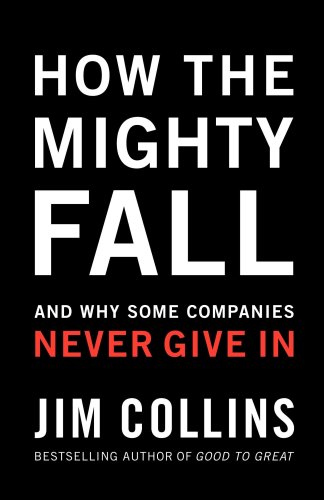Social Media - We're Just Getting Started
/Gentry Underwood focuses on social media and collaborative software at IDEO. He works both internally and with the firm's clients to design and build software people will actually use. Check out his recent post: Social Software, The Other Design for Social Impact. Gentry's post includes the following exerpt:
It isn't difficult to see where most social software falls short: many tools have pleasant, user-friendly interfaces and take advantage of well-designed physical devices (i.e., they're easy to use from a human-computer-interaction perspective). But it's in the sociological and anthropological arenas where they run into trouble: most social software tools are clumsy and ineffective at smoothly facilitating interpersonal interaction.
The bottom line, which Underwood intelligently shares, is that we are in the infancy of social software and new methods of designing these tools will lead to more powerful applications of their capabilities. Join Gentry and continue the discussion at http://socialsoftware.org. In the meantime watch this hillarious satirized look at Facebook by the British improv troupe Idiots of Ants that pushes the social behaviors of Facebook to the extreme.









